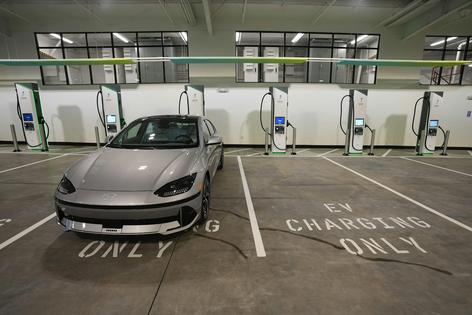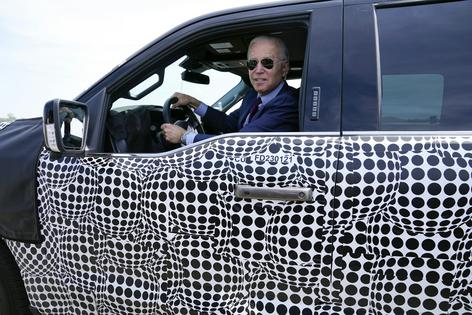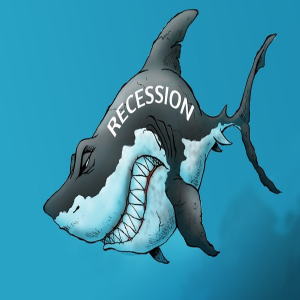EPA’s new auto emissions standard will speed the transition to cleaner cars, while also addressing consumer and industry concerns
Published in Science & Technology News
The U.S. Environmental Protection Agency released strict new emissions limits on March 20, 2024, for cars built from 2027 through 2032. The final rule for Multi-Pollutant Emissions Standards caps a process that started almost a year earlier, when the Biden administration first proposed groundbreaking regulations that would essentially require automakers to make a substantial pivot toward electrification.
The original proposal met significant pushback from carmakers and unions, who argued that the industry needed more time to switch from gas-powered cars to EVs. As a result, while the final target that this rule sets is very similar to the one that was initially proposed, the timetable in the final rule – especially in the earlier years – is relatively relaxed.
That means more carbon emissions in the short run. Politics is inevitably an important consideration in regulating major industries.
The new rule is projected to cut carbon dioxide emissions from passenger cars by nearly 50% in model year 2032 relative to existing standards. This requires a broad shift toward EVs, but automakers have many options for complying.
For example, they could emphasize producing battery-electric vehicles or more mixed fleets that include large shares of hybrids and plug-in hybrids, plus cleaner gas-powered cars. EPA projects that under the rule, in model years 2030-32, battery-electric vehicles may account for up to 56% of new cars, up from 7.6% in 2023.
As a researcher who studies the electric vehicle industry and adoption of EVs, I believe the new rule will nevertheless push electrification nationwide. There’s a lot of latent demand for this technology throughout the country, and this regulation will help bring that supply to broader populations. It also is likely to spur more installation of chargers and other supporting infrastructure.
Traditionally, new fuel efficiency and emissions standards directly affect vehicle costs and often lead to higher prices at the dealership. However, the EPA projects that in the long term, driving electric vehicles, which cost less to fuel and maintain than gas-powered cars, will save owners US$6,000 on average over the life of a new car.
Moreover, EVs bring broader benefits, such as improved air quality and reduced greenhouse gas emissions, which benefit society as a whole.
Fossil fuel combustion generates many harmful pollutants, including fine particulates, which have been linked to a range of negative health effects. The EPA estimates that air pollution reductions triggered by the new rule will generate US$13 billion in annual health benefits.
One important feature of the new rule is that for the first time, the EPA has set forth explicit requirements for monitoring and ensuring the durability of EV batteries. This step recognizes that battery longevity is a pivotal factor in EVs’ value proposition and environmental impact.
...continued











Comments